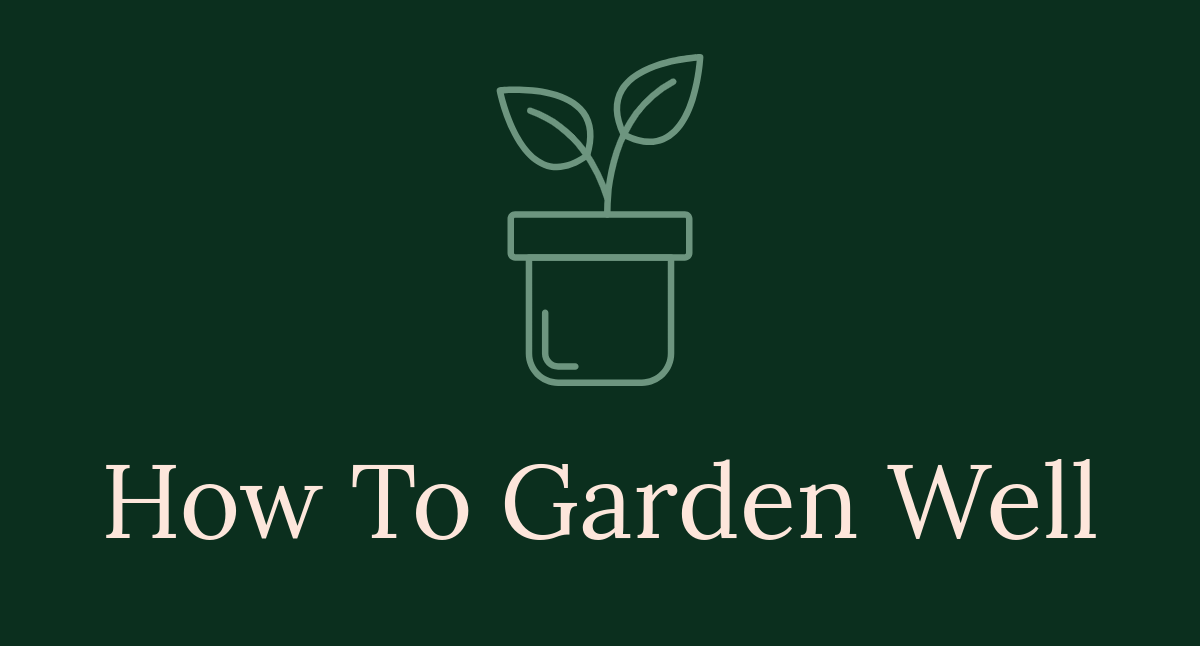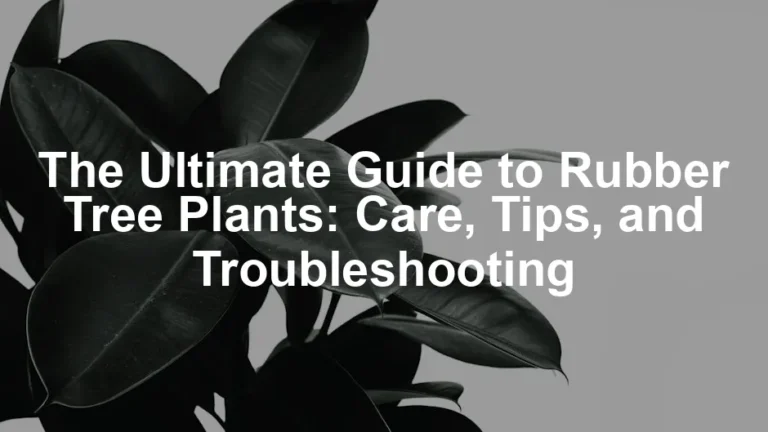

Natural Ways to Improve Clay Soil for Gardening
Introduction
Gardening in clay soil can feel like trying to dance in cement shoes. It’s dense, heavy, and compacted, making it a challenge for plants to thrive. Water often collects on the surface, creating a delightful mud bath rather than a nourishing environment for roots. But don’t throw in the trowel just yet! Improving clay soil can transform your garden from a battleground to a lush paradise.
When you enhance clay soil, you open the door to vibrant plant growth. Healthy plants can access nutrients and moisture more effectively, leading to bountiful harvests and flourishing flower beds. This article focuses on natural, sustainable methods to improve clay soil, helping you create a thriving garden ecosystem. Get ready to turn that stubborn clay into a gardener’s best friend!
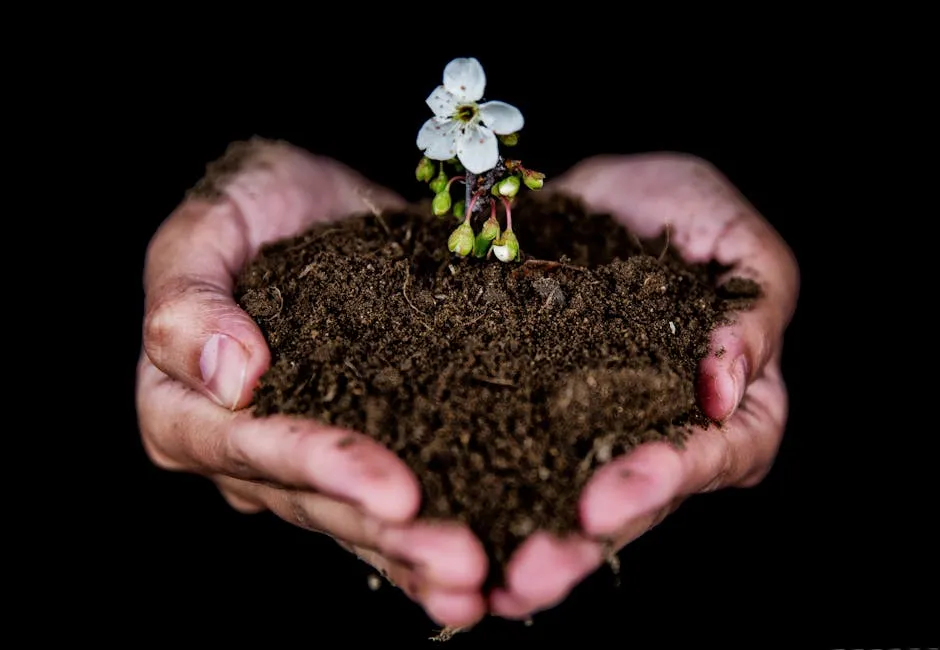
Understanding Clay Soil
What is Clay Soil?
Clay soil is made up of tiny, densely packed particles that are less than 0.002 millimeters in diameter. This fine particle size leads to a smooth, sticky texture when wet. While it’s notorious for poor drainage and compaction, clay soil also has its perks. It’s rich in minerals, holds nutrients well, and retains moisture like a sponge. However, these same qualities can lead to frustration for gardeners, as roots struggle to penetrate the hard surface.
One of the main challenges with clay soil is its tendency to become waterlogged. When rain falls, the water struggles to seep into the ground, often creating puddles instead. On the flip side, once the soil dries out, it can become as hard as a rock. This compacted nature limits the growth of roots, making it difficult for plants to absorb vital nutrients. So, while clay soil has its benefits, it requires some extra love to become a gardening superstar.

Benefits of Clay Soil
Despite its challenges, clay soil offers some hidden gems for gardeners. One of the most significant advantages is its impressive nutrient retention. Clay particles are negatively charged, allowing them to attract and hold onto positively charged nutrients, such as potassium and magnesium. This means that, when managed properly, clay soil can provide a steady supply of nourishment for your plants.
Additionally, clay soil’s ability to retain moisture can be beneficial during dry spells. While sandy soils may dry out quickly, clay holds onto water longer, ensuring your plants have access to hydration. In specific ecosystems, clay soil supports unique plant communities that thrive in its nutrient-rich environment. Embracing these benefits can help you create a beautiful, productive garden that showcases the potential of clay soil.

Natural Methods to Improve Clay Soil
Adding Organic Matter
Types of Organic Matter
Adding organic matter is the superhero your clay soil desperately needs. Think of it as the magic potion that transforms your dense, heavy earth into a rich, inviting garden bed. Here are the big players you should consider:
- Compost: This is the all-star of organic matter. It’s made from decomposed plant and food materials. Compost improves drainage, aeration, and nutrient retention, making it a must-have for anyone battling the clay beast. It introduces beneficial microorganisms that help break down soil particles, enhancing the soil’s structure. You can easily create your own with a Compost Bin.
- Well-Rotted Manure: Whether it’s cow, horse, or chicken manure, well-rotted versions provide a nutrient boost. Manure is rich in nitrogen, phosphorus, and potassium—essential nutrients for plant growth. Just be sure it’s well-composted to avoid burning your plants. Think of it as the ultimate fertilizer, but without the nasty surprises! Grab some high-quality Organic Fertilizer.
- Leaf Mold: Made from decomposed leaves, leaf mold is like a warm blanket for your soil. It improves moisture retention and provides a slow release of nutrients. Plus, it encourages beneficial fungi and microorganisms, creating a thriving ecosystem within your garden. You can create your own with a Leaf Mold Maker.
- Green Manure: This is not the stuff you find in your refrigerator! Green manure consists of cover crops like clover and rye, which are grown specifically to be turned back into the soil. These plants fix nitrogen and improve soil structure as they decompose. It’s a win-win. You can find Green Manure Seeds to enrich your soil.
Each type of organic matter offers unique benefits, making them essential allies in your quest to improve clay soil.

How to Apply Organic Matter
Now that you’ve gathered your organic matter, let’s talk about the best ways to incorporate it into your clay soil.
First, it’s wise to start by clearing the area of any debris or weeds. Next, spread a generous layer—about 2 to 3 inches—of your chosen organic matter over the soil surface. For best results, mix it into the top 10 to 12 inches of soil. This is where your soil and roots will interact most. Use a garden fork or tiller to work the organic matter into the soil.
Timing is key! Apply organic matter in the fall or spring, before planting. This allows it to break down and improve soil structure before your plants need it. Remember, patience is a virtue here. It may take a season or two, but the results will leave you grinning from ear to ear as your plants flourish.
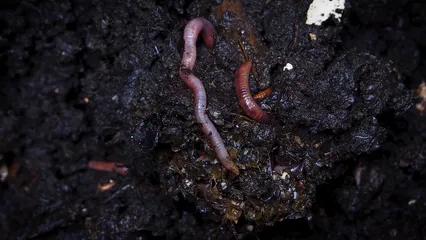
Aeration Techniques
Importance of Aeration
Aeration is like giving your clay soil a refreshing breath of fresh air. It’s essential for improving drainage and encouraging root penetration. When soil is compacted, it forms a hard layer that restricts water flow and root growth. Aerating your soil creates tiny air pockets, allowing oxygen, water, and nutrients to reach plant roots more efficiently. This process can be a game changer, particularly in clay soils that tend to retain moisture.
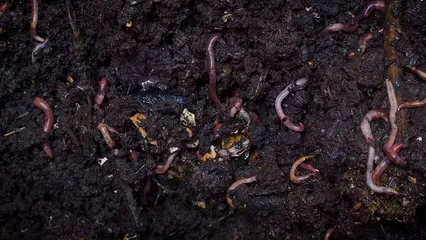
Tools and Methods
Ready to aerate? Grab your tools! Here are some effective options:
- Broadfork: This tool is designed to penetrate deeply into the soil. It’s perfect for loosening compacted clay without turning it over completely. A broadfork works wonders by gently lifting and aerating the soil, promoting root development. You can find a reliable Broadfork Garden Tool to make the job easier.
- Digging Fork: A reliable companion in the garden, a digging fork can help you break up compacted soil. Use it to create holes or loosen the top layer of soil. Just be careful not to till too deeply, as this can disrupt the soil structure. A sturdy Digging Fork is essential for your toolkit.
- Plug Coring Aerator: If you’re serious about aeration, this tool removes small plugs of soil, allowing air and water to penetrate deeply. It’s particularly effective for larger areas and can be rented from garden centers or purchased online. Consider getting a Plug Coring Aerator for best results.
Aerate your clay soil in the spring before planting and again in the fall after the growing season. Aim for at least twice a year to keep that soil happy and healthy.
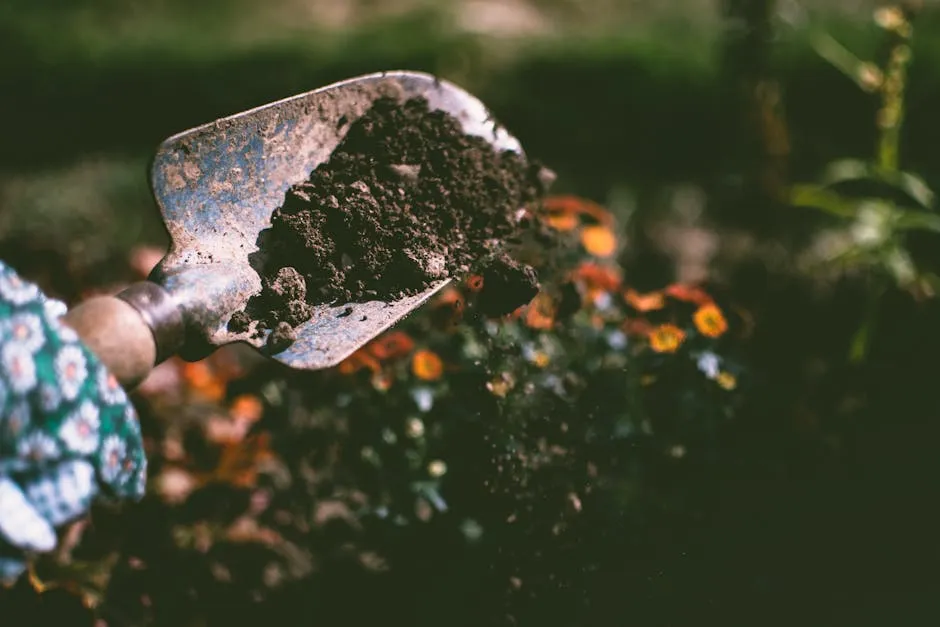
Cover Cropping
Benefits of Cover Crops
Cover cropping is like giving your soil a full spa day. These plants, grown during the off-season, work overtime to improve soil structure and add nutrients. Cover crops prevent erosion, suppress weeds, and enhance the soil’s organic matter content. They also break up compacted soil with their roots, creating channels for water and air to flow.
Leguminous cover crops, like clover and peas, are champions at fixing nitrogen in the soil. This means they enrich the soil naturally, reducing the need for additional fertilizers. Non-leguminous options, such as rye or buckwheat, contribute organic matter and improve soil structure.

Recommended Cover Crops
Cover crops are the unsung heroes of soil improvement. They not only enhance soil structure but also enrich it with nutrients. Among these crops, you’ll find two main categories: leguminous and non-leguminous.
Leguminous cover crops like clover and peas are known for their nitrogen-fixing abilities. They capture atmospheric nitrogen and store it in the soil. This means less need for synthetic fertilizers! Non-leguminous options, such as rye or buckwheat, focus on improving soil structure and adding organic matter. A great way to start is with a Vegetable Seeds Variety Pack.
When it comes to timing, you want to plant these cover crops at strategic points. For fall cover crops, sow them in late summer or early fall. This allows them to establish before winter. If you’re looking at summer cover crops, late spring is your go-to. They grow quickly and can be tilled back into the soil before planting your main crops.

Mulching Practices
Importance of Mulching
Mulching is like giving your garden a cozy blanket. It retains moisture, prevents evaporation, and keeps the soil cool. This is vital for clay soil, which can easily become compacted and dry. A good layer of mulch also suppresses weeds, reducing competition for nutrients. By preventing soil compaction, mulch allows air and water to penetrate the soil more efficiently, promoting a healthier environment for root systems.
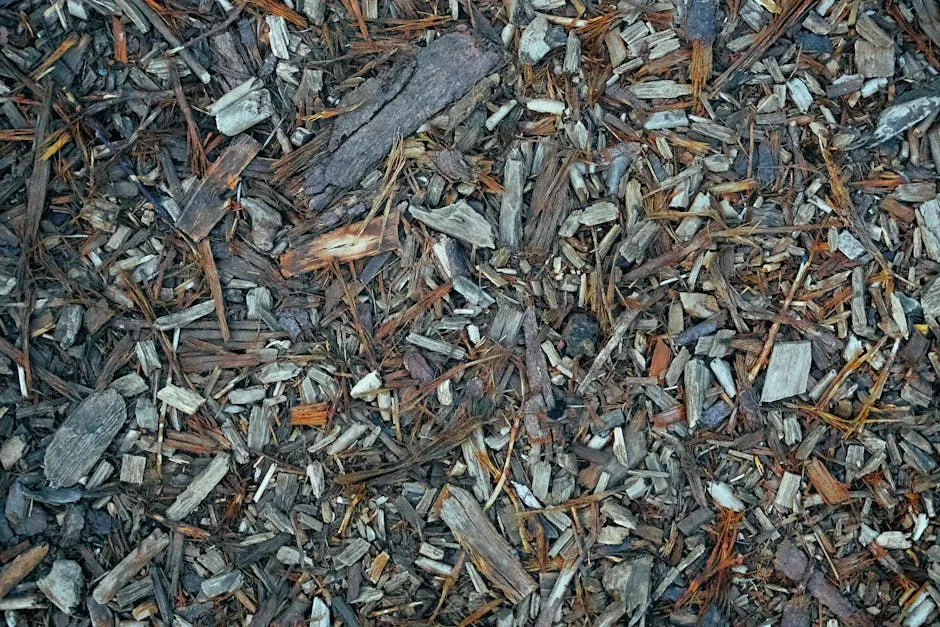
Types of Mulch
When it comes to mulch, you have options—organic and inorganic. Organic mulch includes materials like wood chips, straw, and shredded leaves. These not only offer protection but also decompose over time, adding organic matter back into the soil. On the other hand, inorganic mulch options, such as gravel or landscape fabric, provide durable, long-lasting coverage. While they don’t contribute nutrients, they can be effective in controlling weeds and maintaining soil temperature. For a great organic option, consider Mulch (Wood Chips).
Using a combination of both types can maximize benefits. For example, start with a thick layer of organic mulch and then cover it with inorganic mulch for longevity. This duo will keep your clay soil happy and thriving!
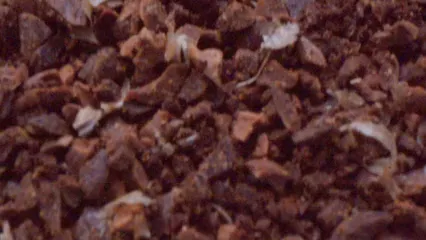
Contour Gardening
What is Contouring?
Contour gardening is a technique designed for managing water flow and preventing erosion. Think of it as sculpting your garden into gentle slopes and curves. These contours slow down water runoff, allowing it to seep into the soil rather than washing away. This practice is especially beneficial for clay soil, which can easily become waterlogged. When done correctly, contouring encourages deep root growth and improves overall soil health.

How to Create Contours
Creating contours is easier than it sounds. Start by surveying your garden area to identify natural slopes. Mark the desired contour lines using stakes and string. Next, create raised beds or swales along these lines. For raised beds, pile soil along the contour lines, forming mounds. If you’re making swales, dig shallow trenches to capture water. Fill these with organic matter to enhance moisture retention.
After shaping your contours, plant your desired crops. They’ll benefit from the improved water management and reduced erosion. Remember to regularly check and maintain these contours to ensure they remain effective throughout the growing season.
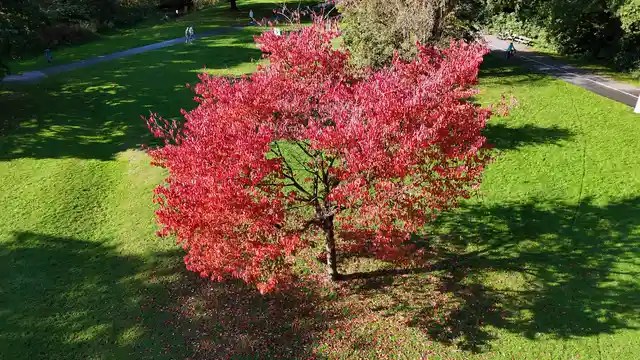
Avoiding Compaction
Strategies to Prevent Compaction
Foot traffic is the arch-nemesis of healthy soil. Walking on garden beds compresses soil particles, leading to compaction. This is particularly problematic in clay soil, which is already prone to hardening. To combat this, establish clear pathways in your garden. Use stepping stones or mulch paths to direct foot traffic away from planting areas.
Another effective strategy is designing narrow beds. This minimizes the need to step into planting areas, helping maintain soil structure. By keeping foot traffic to a minimum, you’ll create a thriving environment for your plants to grow deep, strong roots, ensuring they have access to the nutrients and moisture they need.

Design Considerations
Creating narrow beds is one of the smartest moves you can make when gardening in clay soil. Why? Because it minimizes the amount of walking on your soil. Every time you step onto your garden beds, you risk compacting that stubborn clay further. Think of it as a dance party; the more people on the dance floor, the less room there is to groove!
With narrow beds, you can reach the plants from the sides without trampling the soil. This keeps your soil fluffy and aerated. Plus, it allows for better access to sunlight and nutrients. So, channel your inner architect and design those beds wisely!

Soil Amendments
Recommended Soil Amendments
If you’re looking to improve your clay soil, think of soil amendments as the fairy godmothers of your garden. They work wonders to change the soil’s structure, making it more plant-friendly. Here are some top contenders to consider:
- Gypsum: This mineral is a clay soil’s best friend. Gypsum helps to break down compacted clay, improving drainage and allowing roots to grow more easily. It adds calcium and sulfur, essential nutrients for healthy plants. Plus, it doesn’t mess with your soil’s pH, making it a safe choice for all your plants. You can pick up some Gypsum for Soil to enhance your garden.
- Lime: If your clay soil is on the acidic side, lime is a great option. It raises the pH, which encourages clay particles to clump together. This results in a looser, more workable soil texture. Think of lime as a social mixer for soil particles—getting them to mingle and loosen up! Find an effective Lime for Soil to get started.
- Organic Amendments: Compost, well-rotted manure, and leaf mold are all fantastic additions. Compost improves soil structure, enhances nutrient retention, and promotes a bustling ecosystem of beneficial microorganisms. Well-rotted manure adds key nutrients, while leaf mold boosts moisture retention and supports healthy soil life. Use a Organic Compost to enrich your garden.
Each of these amendments plays a unique role in transforming your clay soil into a nutrient-rich paradise. By incorporating them, you’re investing in your garden’s future. For a deeper understanding of how to effectively use soil amendments, check out our guide on Best soil amendments for vegetable gardens.
Soil amendments can significantly improve your garden’s health. Learn more about the best soil amendments for vegetable gardens.
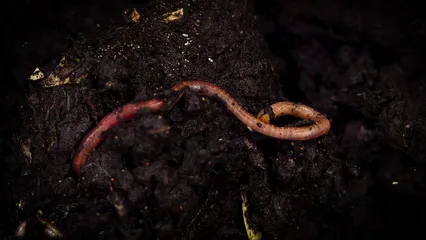
Long-Term Strategies for Soil Health
When it comes to improving clay soil, patience is more than a virtue—it’s essential. Regular soil testing should be your first step. This tells you exactly what your soil needs, preventing guesswork and wasted amendments. Local extension services often provide Soil Testing Kits, so take advantage of those!
Next, establish a soil management plan that focuses on consistent organic matter additions. This means regularly incorporating compost, leaf mold, or manure into your garden. Over time, this builds up the soil structure and microbial life, transforming that stubborn clay into a more workable medium.
Lastly, remember that soil improvement is a marathon, not a sprint. It takes time for organic matter to break down and enhance the soil. Celebrate the small victories along the way, and don’t get discouraged. With steady effort and a little patience, you’ll see significant changes in your clay soil. Your garden will thank you with bountiful blooms and delicious veggies!
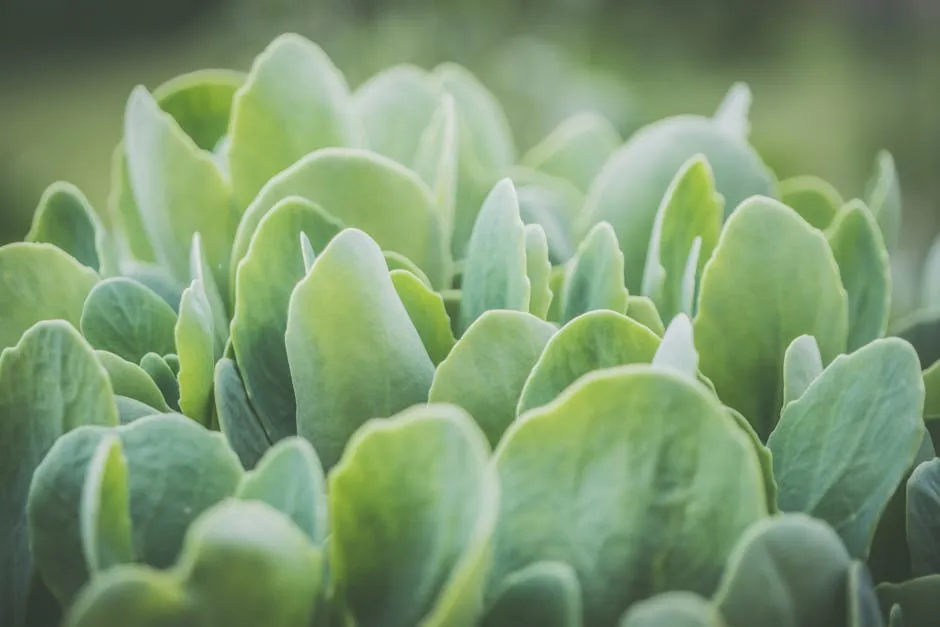
FAQs
What is the best way to improve clay soil?
Improving clay soil can be achieved through several effective techniques: – **Adding Organic Matter**: Incorporate compost, well-rotted manure, and leaf mold to enhance soil structure and drainage. – **Aeration**: Use tools like broadforks or digging forks to create air pockets, allowing nutrients and water to penetrate more easily. – **Cover Cropping**: Planting legumes or other cover crops can enrich the soil and prevent erosion. – **Mulching**: A layer of mulch helps retain moisture and prevent compaction. – **Soil Amendments**: Gypsum, lime, and other amendments can improve soil texture and nutrient availability.
Can I plant immediately after amending clay soil?
While you may be eager to plant right away, it’s best to wait a bit after amending clay soil. Allow time for the organic matter to integrate into the soil. A general rule is to wait at least one to two weeks after amending before planting. This gives your soil a chance to settle and ensures the nutrients are available for your plants.
How often should I amend my clay soil?
Regular amendments are essential for maintaining healthy clay soil. Aim to amend your soil at least once a year, preferably in the spring or fall. This practice ensures that your soil continues to improve over time. Seasonal amendments, such as adding compost or mulch, can also provide ongoing benefits throughout the growing season.
Is it possible to create a no-till garden in clay soil?
Absolutely! No-till gardening can be a fantastic option for clay soil. Instead of tilling, focus on layering organic matter on top of the soil. Use methods like sheet mulching or lasagna gardening, where you build layers of organic materials to improve the soil without disturbing it. This approach preserves soil structure and promotes healthy microbial life.
What plants thrive in clay soil?
Certain plants are particularly well-suited to clay soil. Consider incorporating: – **Lavender**: This drought-tolerant herb does well in heavier soils. – **Sedum**: These succulent plants thrive in various soil types, including clay. – **Astilbe**: A perennial that loves moisture and can withstand clay conditions. – **Black-eyed Susan**: This hardy flower is adapted to various soil types, including clay. – **Echinacea**: Another resilient perennial that flourishes in clay soils. By choosing plants that thrive in clay, you’ll set your garden up for success!
Please let us know what you think about our content by leaving a comment down below!
Thank you for reading till here 🙂
All images from Pexels
